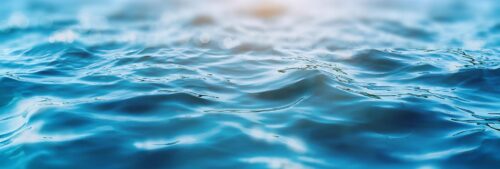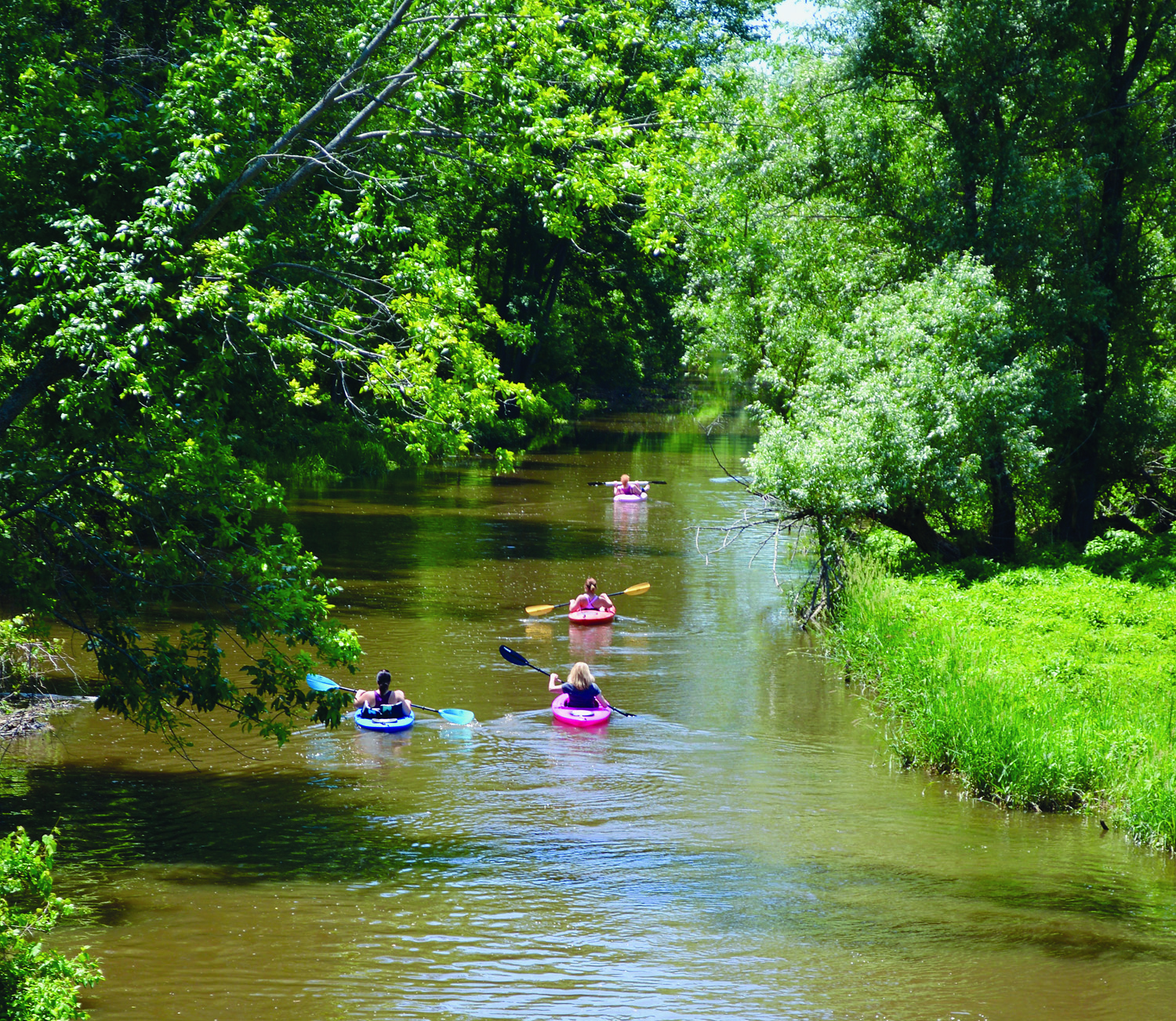Webinar explores Great Lakes ecosystem stressors

There are many factors stressing the health of the Great Lakes ecosystem, but some issues like climate change are making other problems even worse. The International Joint Commission Science Advisory Board (SAB) Science Priority Committee’s new report, An Evaluation of Stressor Interactions in the Great Lakes, explores the cumulative effects of important stressors in the Great Lakes basin.
There will be a public webinar reviewing the report’s findings on Tuesday, September 22, at 10:30 a.m. Advance registration is required to participate.
The report looked at seven priority stressors: climate change, fish harvest, habitat loss, invasive species, nutrients, pathogens, and toxic chemicals. The study compared eleven pairs of these stressors to understand whether their combined influence would increase overall ecosystem stress.
When these environmental stressors interact with one another, some problems make others even worse, while some cancel each other out.
“In terms of the magnitude of the damage that results from the interaction between two stressors, sometimes the relationship between stressors is additive, so one plus one equals two,” said David Allan, SAB Science Priority Committee member, report author, and professor emeritus at the University of Michigan in Ann Arbor. “But sometimes there’s a synergy, so one plus one can exceed two. And, occasionally, one stressor can counteract the other stressor.”
Climate change impacts, such as warmer water, can worsen the damage done by several other stressors.
“When we looked at the cumulative effects of pairs of stressors, climate change appears to magnify the impact of excessive nutrients, habitat loss, invasive species and, in some cases, pollution,” said Allan.
“Human activities create many ecosystem stressors, which is why the regions of the lakes near the shoreline and at river outlets are likely to experience more intense cumulative stress,” said Carol Miller, SAB Science Priority Committee US co-chair and director of Healthy Urban Waters at Wayne State University in Detroit, Michigan.
“Usually we measure and manage specific, individual stressors. This report underscores the need to consider interactions among stressors, particularly for several specific pairs of interactions,” said Jeff Ridal, SAB Science Priority Committee Canadian co-chair and executive director of the River Institute at Cornwall, Ontario.
“The report also highlights that there are considerable gaps in our knowledge of the consequences of stressor interactions in the Great Lakes basin,” said Ridal.
The report finds that government management strategies often do not account for the effects of stressor interactions. The SAB offers recommendations related to research and monitoring to better manage for the interacting effects of multiple stressors.
For more information about the report’s findings and recommendations, join the public webinar on Tuesday, September 22, at 10:30 a.m. After a brief presentation, Science Advisory Board project work group members will answer audience questions. To register for the webinar, visit: https://bit.ly/35mxu4Q. This webinar will also be recorded and posted to the Science Advisory Board’s website.
Provided information




